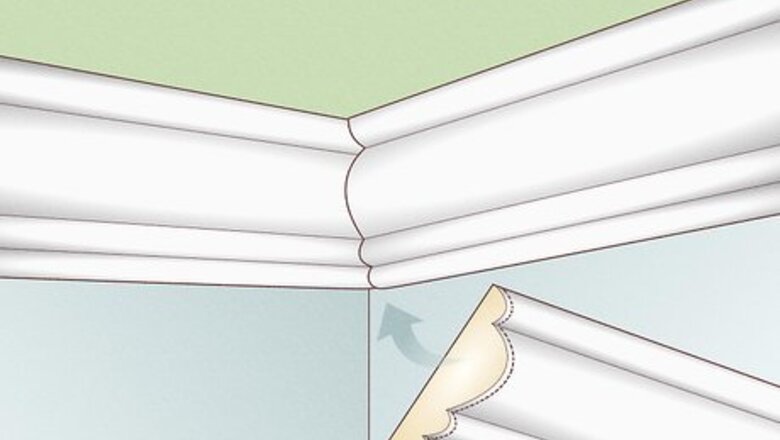
views
What is coping?
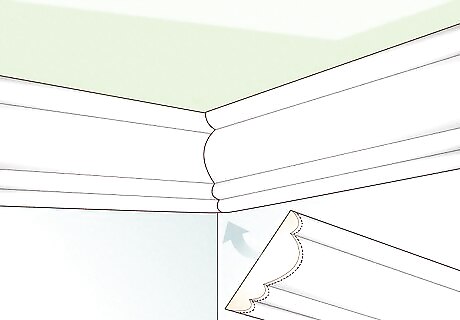
It’s cutting the molding's profile to fit the pieces snugly together. Unless your walls are exactly 90-degree angles in each corner, miter cuts might not be tight enough to fit your molding together perfectly. A coping cut removes the excess wood behind the edge of the miter cut to butt the pieces up together. A miter cut is an angled cut that you’d normally use for corner pieces of molding. While a miter cut is usually fine for corners that are perfect 90-degree angles, they often aren’t enough to snugly fit molding pieces together.
Is it better to cope crown molding?
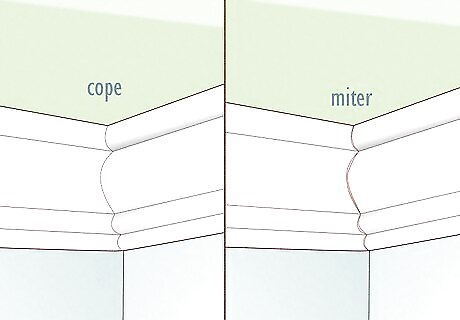
Yes, coping helps smooth out the corners of molding. Oftentimes, simply using a square cut or a miter cut will cause the molding to bump up against each other, which doesn’t look very good. On corner pieces, it’s best to cope crown molding before installing. If you just use miter cuts, you may have to end up filling your molding, which doesn’t look as smooth.
Do you need to make a miter cut before coping?

Yes, you need to miter cut the end of your crown molding first. Bring your molding over to your miter saw and flip it upside down with the part that touches the ceiling facing you. Adjust the molding so it sits at the same angle it sits on your wall (this is usually close to 45-degrees from the saw fence). Use the miter saw to cut a 45-degree angle into the very end of the molding.
What’s the best way to cope crown molding?

Darken the edge of the miter cut with a pencil. Hold the piece of molding with the front facing you and grab a pencil. Gently rub the pencil on the very top edge of your miter cut to create a guideline.

Undercut the edge of the molding with a coping saw. Place the molding on a table or countertop and let the miter cut edge hang off the end. Hold the molding in one hand and grab your coping saw in the other. Carefully cut down the darkened edge at a 45-degree angle to the molding, scooping out the wood behind the edge that you drew on, but leaving the front part of the molding intact. Go slowly and carefully, and try to follow the curves of the molding as you go. Molding that has been coped looks completely normal from the front, but it has a 1 in (2.5 cm) wide section of wood missing from the back.
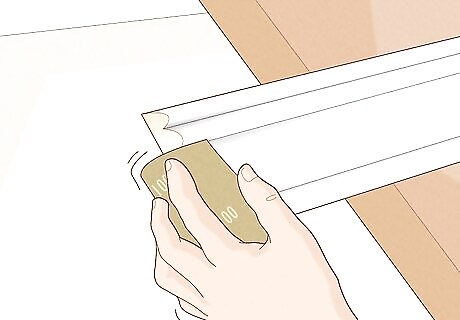
Sand the edges of the cut before installing. Use 100-grit sandpaper to gently smooth down the edges of the cut you just made. This is an important step for the overall look of your molding, so don’t skip it! When you’re working with 2 corner pieces of molding, you only need to cope 1 of them.
Can you cope crown molding with an angle grinder?

Yes you can, although it takes some precision. If you don’t have a coping saw, place your crown molding on the edge of a table or workbench. Hold your angle grinder in one hand and keep the molding steady with the other. With the angle grinder at a 45-degree angle to the edge of the molding, gently press in and undercut the edge, but don’t touch the front of the molding. Take off about 1 in (2.5 cm) of wood from the profile of the molding, leaving the front edge intact. As you encounter bends and curves in the molding, tilt your angle grinder to accommodate the wood.
How do you install coped crown molding?
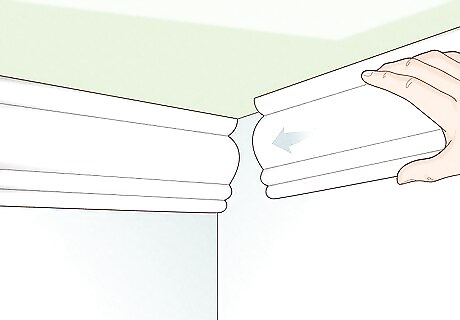
Install the square cut or miter cut molding first. Whichever piece of molding you didn’t cope is the one you want to put up first. Use a nail gun to attach the molding to the wall, spacing your nails about 6 in (15 cm) apart. Then, double check that your coped piece fits snugly against the piece you just installed.

Butt the coped molding up against the square-cut molding. Gently push the coped molding up against the square cut or miter cut you already installed. Use your nail gun again to attach the molding to the wall, spacing them about 6 in (15 cm) apart.
What do you use to fill gaps in crown molding?
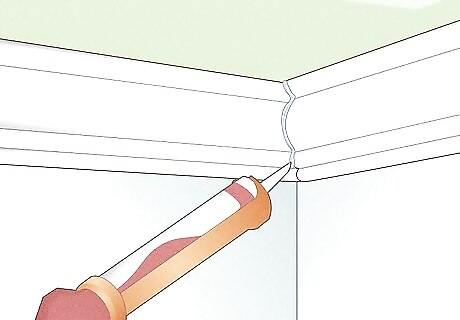
Use a latex caulk. If your edges aren’t perfect, grab a bottle of latex caulk and gently squeeze it into any gaps in your molding. Smooth it out with your fingers, then wait for it to dry. If there are any lumps or bumps, use sandpaper to grind them down and make everything flush. While using caulk is totally fine, crown molding usually looks better if the wood is flush without any gaps. Try using caulk as a last resort.




















Comments
0 comment